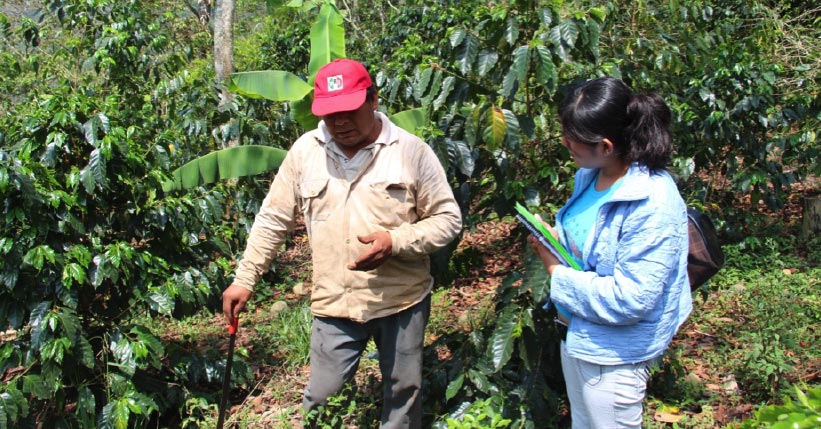Dispatch 1: Training Migrant Labor
By Matthew Himmel, COSA Project and Systems Coordinator
We at COSA are committed to accelerating agricultural sustainability. We believe that visiting the field provides an in-depth understanding of what it takes to achieve sustainability throughout the supply chain. After COSA’s team meeting in Costa Rica this February, a handful of COSA staff visited several entities along the coffee and cocoa supply chains. The trip provided me a first-hand understanding of several issues related to commodity crop production, including farm management, competition, and traceability. It’s my pleasure to share some issues and observations with you.
Training Hired Labor
Costa Rica has one of the highest costs of labor of any coffee-growing country. Consequently, most farms depend on migrant labor from neighboring countries. South of San José, in the Tarrazú region, many farm laborers are from Nicaragua or indigenous communities in Panama.

Since coffee ripens over time, it is harvested multiple times throughout the season to ensure ripe cherries and high-quality coffee. Consequently, migrant workers harvest on one farm, then move to others, before returning to the first farm for the next round of harvest. Given that these migrant laborers do not remain on one farm for a single season, there is little incentive for farm owners to invest in training. Migrant workers in this region also rarely attend classroom training, as the farm owner are unlikely to pay for them to attend. One producer I met believes that the increasing cost of labor accompanying reforms to improve conditions and safety nets for migrant workers will push coffee production toward greater mechanization.
While employing migrant labor reduces the cost of production to some extent, it also comes at the cost of providing additional training to relatively unskilled workers. According to a manager at Co-op Llano Bonito, few migrant workers grew up on coffee farms, and many lack knowledge of coffee culture. Training constitutes a major component of many interventions. Yet depending on the context, and the particular topic being addressed, classroom training may not be an effective approach.
However, so long as semi-skilled labor continues to perform critical farm tasks, this breakdown in the impact pathway of training initiatives persists, as knowledge is transferred to workers from farm owners with varying degrees of success. This is particularly true for tasks often performed by hired labor, such as harvesting and replanting. One farmer in Costa Rica told us that he discovered several years after a new planting failed that the hired worker had planted the trees with the bags still around their roots.
This is not to suggest that training does not work; rather that training around activities most often executed by hired labor may best be delivered by technicians who visit the farms and interact with laborers, rather than in classroom trainings.
We welcome future opportunities to visit farms and farmers to learn more about the issues they face first-hand.





